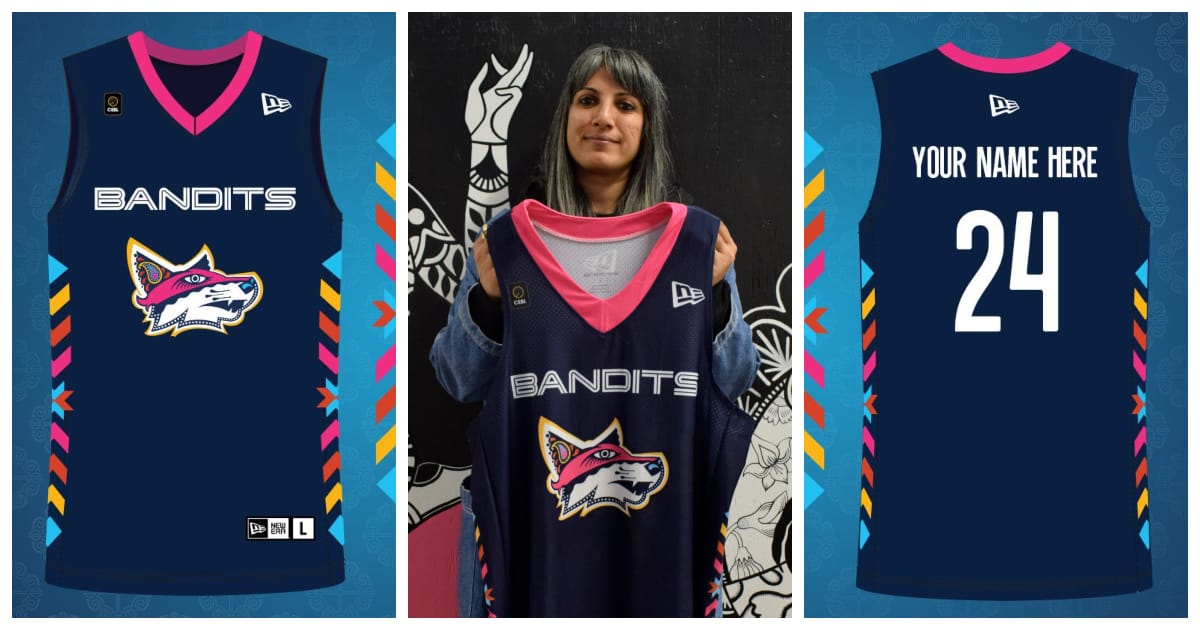
Sandeep Johal designed the Vancouver Bandits’ new jersey for their South Asian Heritage Night on Saturday, June 1. 📷 Vancouver Bandits (Canadian Elite Basketball League)
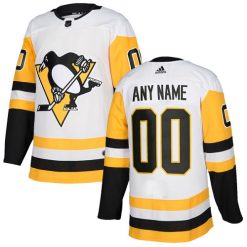
This story first appeared in the May 29th edition of the Fraser Valley Current newsletter. Subscribe for free to get Fraser Valley news in your email every weekday morning.
For an artist who describes her work as having an “Indo-folk feminine aesthetic,” Sandeep Johal has been designing an awful lot of jerseys for men.
“It is very feminine,” Johal agreed. “But I think there’s space for that.”
Over the last two years, Johal has created three South Asian-inspired jerseys for three different teams: the Vancouver Canucks, the Vancouver Whitecaps, and the Vancouver Bandits. Each incorporates different motifs from South Asian design: the Canucks jersey for the 2022 Diwali night feature a blooming lotus, while the Whitecaps jersey from that same year channeled Johal’s love of maximalism.
On Saturday, Johal’s Vancouver Bandits jersey will be premiered at the Langley Events Centre during the team’s South Asian Heritage game night. The jersey itself contains elements of Punjabi folk art in the fox’s head and along the seams of the jersey.
Seeing it on the court will be a meaningful moment for Johal, who played basketball herself in high school, and one that she hopes will inspire young fans as well.
“It took me a long time to build the confidence to try to be an artist,” Johal said. (She only began making art professionally in 2016, after the birth of her son.) “When these little kids and teens, young adults come into these spaces, I hope that it makes them feel like … they have this chance to do something that they might have formerly seen as impossible.”
FVC: How did you get started designing jerseys? I noticed on your website that it describes your style as an “Indo-folk feminine aesthetic,” which feels at odds with the all-male sports teams these jerseys are for. How did that come about?
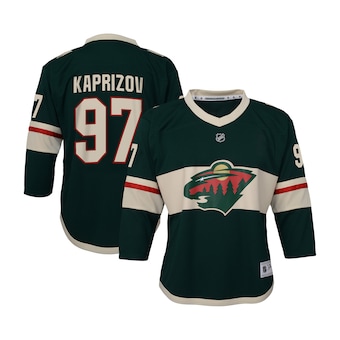
Sandeep Johal: That’s a really good point. Yeah, so the Canucks actually reached out to me, and asked—because Jag Nagra did the first jersey [in 2021], and then I think they decided that, because it was such a success, that this is something that would be really good to do. So they reached out to me.
It's always really intimidating to reimagine a logo that's very well known, and in a space where it's worn by male athletes. So I really had to think about how to aesthetically and somatically fit my idea into that really well-recognized logo shape. But the Canucks design team and the folks that hired me, they were really really great to work with. They gave me a lot of creative freedom. But because they know what it entails, having to embroider this logo… they gave me really good feedback so I could refine my design. And you're right, it is very feminine. But I think there's space for that.
And because it was for Diwali, I basically did a design of a lotus blooming and then erupting and fireworks.
FVC: Once you're actually designing that jersey, what goes into your thought process for figuring out how things are going to work together?
Johal: It's definitely trial and error, because it's an odd shape that I have to fit an image into. And then I have to have a concept tied to that image.
I had incorporated black and white initially, because that's so much a part of my practice. And they were like, ‘Well, it doesn't read that well. So if we could do all colour, that would be great.’ So then I had to reimagine it in a different way, as all colour. It was definitely a challenge to figure out how to make this visually appealing design that has a very strong sort of presence. So if you look at the jerseys, your eye catches that design with the logo right away.
FVC: You've also done this for the Whitecaps and now the Vancouver Bandits. Has your process been changing as you've been doing more of these jerseys?
Johal: It's kind of the same where, again, I'm fitting a concept and an aesthetic into a well-recognized logo so I have that shape constraints. Fortunately, who I worked with with the Whitecaps and when I worked with the Bandits, were both really amazing to work with as well. So, again, lots of creative freedom. For the Whitecaps, I kind of went a bit crazy and did like seven different colorways, because I was just having so much fun with the design. And then they narrowed it down to the one that they felt could be read best.
For the Whitecaps, I was the first South Asian artist to work with them. And then the following year, they licensed my design and their graphic designer created merch with it—so this really beautiful design for scarves and t-shirts.
And then with the Bandits, that was actually kind of by accident. I was at a Bandits game with Colla Films … Sorry, it's very convoluted. I was painting a community mural at The Reach Gallery for this exhibition, and they were videographers. So I worked closely with them during that process, and they work with the Bandits as well. So they were like, ‘Come to a game!’ So my family and I went, and then they introduced me to Andrew [Savory, vice-president of the Vancouver Bandits]. And they're like, ‘Hey, you should work with Sandeep on a jersey.’ And he followed up, which was amazing. And so I worked with Andrew to design the Bandits’ jersey.
I'm a maximalist, like I love taking up lots of space and cramming lots of stuff in. So my first couple of designs were very maximalist. So Andrew helped me kind of pare it down so it would be there'd be more focus on the logo, and then adding more interest to the sides of the kit.
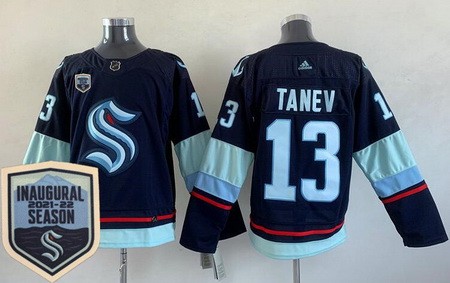
FVC: I did notice that the Bandits jersey was different in style than what you did for the Canucks and the Whitecaps.
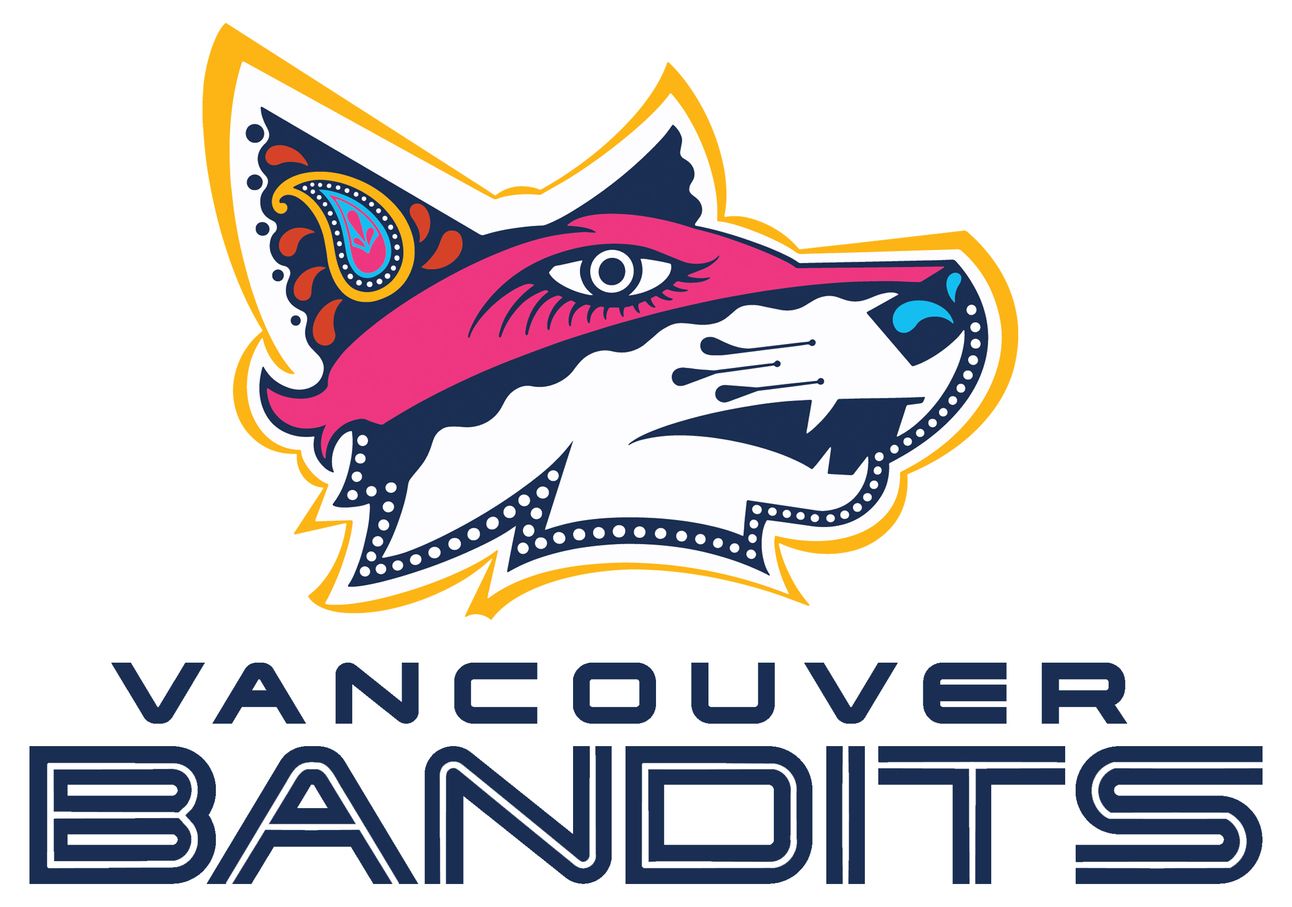
📷 Vancouver Bandits (Canadian Elite Basketball League)
Johal: I think that one was definitely more of a challenge because I was filling in the face of an animal. And so I had to keep the animal’s eyes and mouth and nose. And so it was like, how can people still read that face? But how can you adjust it or modify it so that it's still sort of its your aesthetic?
FVC: That leads into the next thing that I wanted to ask you: what kind of traditional elements from South Asian folk art or embroidery did you try and bring into these jerseys?
Johal: I love lots of Madhubani and Gond folk art for me. It's super, super detailed. But for this, obviously, I couldn't do anything that was very detailed. So I leaned into Phulkari, which is a really popular type of embroidery from Punjab from where my family's from. They have a lot of geometric and organic shapes that are easily recognizable. And so I leaned into Phulkari, and then I brought in the paisley which is called ambi, and I put that into the ear of the fox. Because it's such a common motif—it’s in so many things, and it's used so widely, and so widely recognizable. So I wanted to bring that in as well.
FVC: You talked a lot about trying to fit things into a logo, but from a purely tactile standpoint, how is designing a jersey different from doing a mural or any other sort of art project?
Johal: For a mural, I have to think about the site-specific wall. I have to think about the texture of the wall, the shape of the wall, where it's located, who's the client, and then I have to create a design that can be painted within an allotted amount of time. And so you're thinking of how to scale a design up, right? So I draw all of my stuff on my iPad. So with the mural, I can do a design, and I can fit it on to a picture of a wall, to just kind of get an idea of what it will look like. But then when I go to the actual mural, I have to scale it up. And so I don't use grids with projection, I just eyeball it. And so it does definitely provide a physical, creative challenge.
With the jerseys, they're very public facing. And so there's a lot more scrutiny. People are always like ‘Don't read the comments!’ And fortunately the comments when my jerseys are released are mostly very positive. There's always someone who writes something. So it is a bit nerve wracking to take a well-known design and modify it, because some people don't like it. They want the logo to be the logo. They don't want anyone to mess with it. And so you do have those kinds of anxieties in the back of your head when you’re working on the project.
FVC: On average, how long does it take you to design one of these jerseys?
Johal: Oh, gosh. It really dependsdid new jersey transit use cabooses. The turnaround times are always really short. If I spent a lot of time, I could do a turnaround in a week. Sometimes it takes a day or two just to come up with the concept. And then I'll send the first draft off for feedback, and there’s usually two revisions in the process. I always ask for really specific feedback, and then I'll tweak the design. So it could happen in the span of like a couple of weeks, a month. Six weeks. It just really depends on the client's timeline. But I work pretty fast. When the idea comes, it comes really fast.
FVC: So when it's all said and done: the jerseys are made, they're gone, they've been embroidered, they're now sitting on the bodies of some athletes, what is it like for you as an artist to see your art in motion, either on a rink, or on a court, or on on a field?
Johal: It is really amazing. Honestly, I don't know anything about hockey. But when we went to the game, and they brought me down to the ice, and I saw the players warming up in my jersey, I got very emotional. Just to see the work of a South Asian woman in that space. I felt really, really proud. I felt like I was representing my community. And I love the feelings of inclusivity, you know.
I like that these organizations are trying to be more inclusive and trying to reach out to communities in a more authentic and transparent way, so it doesn't feel tokenistic. Just sort of being at that trifecta of sport, art, and culture because they can all go together, you know. It gives the fans a chance to learn about art, learn about an artist, learn about a different culture. And so I think it's just such a huge win-win for everyone involved.
But the Bandits one—I played basketball in high school and that was such a huge part of my life. So that one was especially meaningful because that was the sport I played.
FVC: What position did you play?
Johal: I was a forward and a post. I did all the—oh my gosh, I forgot what they’re called—the jump offs, when they do tipping, and rebounder. I did all the foul shots every time I got fouled out. If they needed someone to do the shots, I would do that. I was captain in Grade 12. I was in the [Kelowna] newspaper quite a bit. It was fun to kind of reminisce about that previous life of mine.
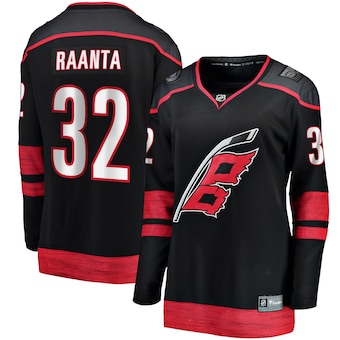
But it’s fun for my son too, because they had a Canucks day at school, and he wore a Canucks hoodie that had my design on it, and he wore some of the merch. And it was just really fun for him to wear something that his mom designed. And his classmates were all like, ‘Whoa, where'd you get that?’ And he's like, ‘My mom designed it!’ So it's cool for him to see my work in that too.
FVC: You've sort of answered this with your own description of what it's like to see these jerseys, but for other people in the South Asian community, how do you see your art impacting them when it's in a sports setting? q fanatics
Johal: It just really comes down to access and to inclusivity. And to possibility, right. I grew up pre-internet, and I didn't know what was possible, because I didn't see it in my immediate community. And I didn't see it anywhere else. So it took me a long time to build the confidence to try to be an artist. And so, when these little kids and teens, young adults come into these spaces, I hope that it makes them feel like a) they are allowed to be there, and they should be there. That space is for them. They have that access. And 2) that the possibility is there. That they have this chance to do something that they might have formerly seen as impossible, because they're seeing someone do it before them. They’re seeing that role model that I never had.
You do feel a sense of pride. We come from a really cool culture. And of course, it has its own issues, but generally speaking, it's a really beautiful culture. To see that come out in such a public way, and really expressing and celebrating the vibrancy and color and energy of our heritage, there's a sense of pride that comes along with that.
This story first appeared in the May 29th edition of the Fraser Valley Current newsletter. Subscribe for free to get Fraser Valley news in your email every weekday morning.
new jersey devils custom jersey beer